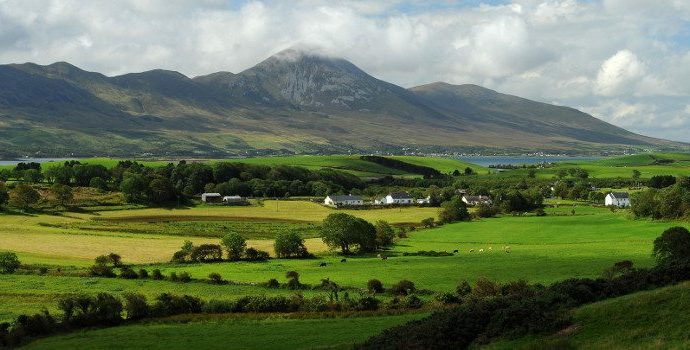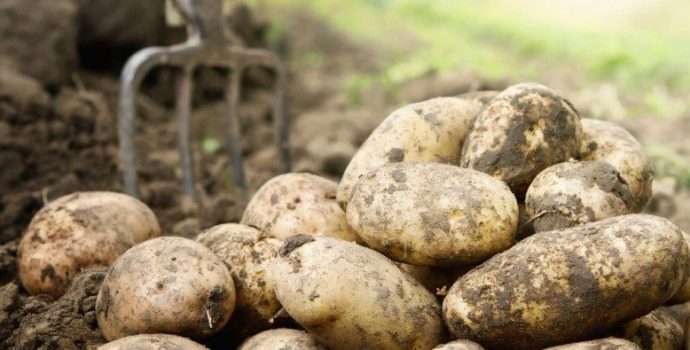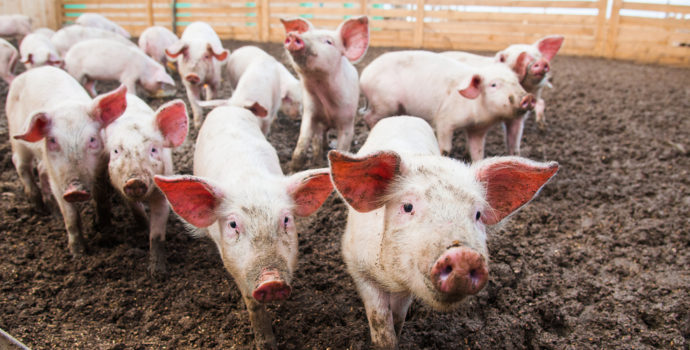IFA Raises Anc Review with Minister
IFA Rural Development Chair Joe Brady has called on Minister Michael Creed to support IFA’s campaign to protect and enhance the Areas of Natural Constraint (ANC) scheme.
At IFA’s recent AGM, Joe Brady outlined to the Minister the importance of the scheme to 95,000 farmers. He said that in the negotiations with the EU Commission on the review, the Minister must put forward strong arguments to support this vital scheme.
IFA’s ANC campaign focus is on three key aims:
- to maintain those areas currently designated;
- to restore funding to €250m per year; and,
- to set payment rates that reflect natural handicap.
Joe Brady said, “ANC payments represent a significant support for those who farm in some of the most difficult conditions. This must be recognised by European and national politicians. Every effort must be made to protect the areas already designated and to restore payments to farmers to their pre-2009 levels when Budget cutbacks were made.”
IFA has pointed out that there are sufficient flexibilities in the Guidelines to Designate ANC Areas to protect areas already classified in the upcoming review.
At a meeting in Brussels, the EU Commission made clear that member states can make a case based on local conditions to ensure that areas retain their status and continue to qualify for payments. In addition, Ireland can make a case for areas that have difficulty in qualifying under the new biophysical criteria by classifying them as areas with specific constraints. This should allow various options to be used as it can add an additional 10% of the utilisable area (450,000 ha) in addition to those areas that would qualify under the biophysical criteria.
IFA Hill Committee Chair Pat Dunne said payment rates in hill areas must be pitched at a level to reflect conditions. He said payments in hill areas should be frontloaded with higher payments on the first 20ha with the objective to bring ANC payments to the 20,000 farmers who have hill land up to the level of €6,000 per farm.




